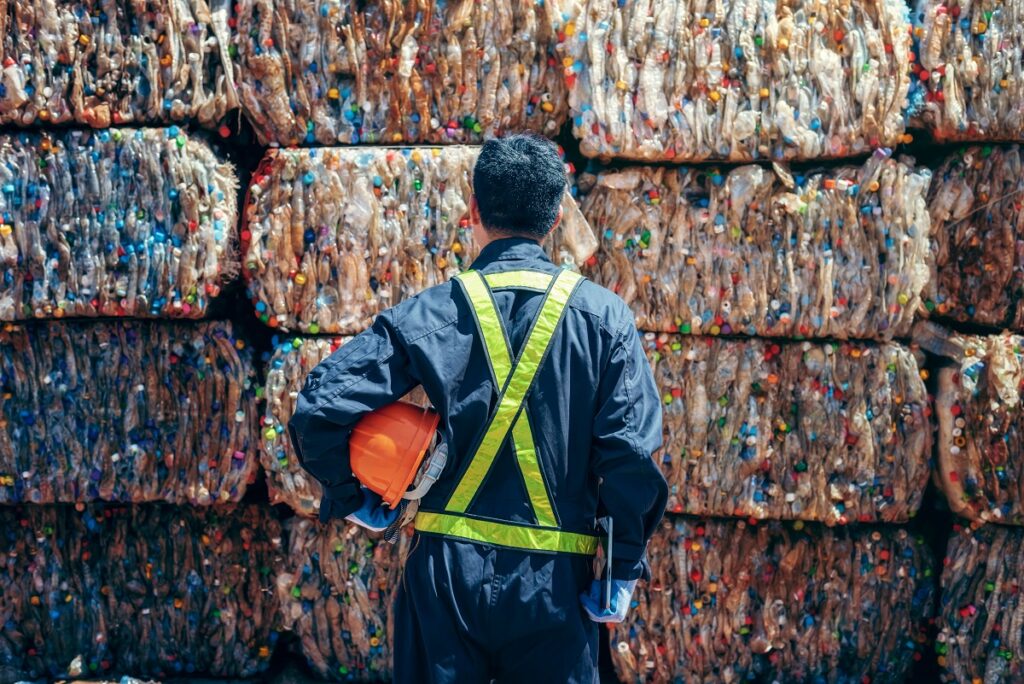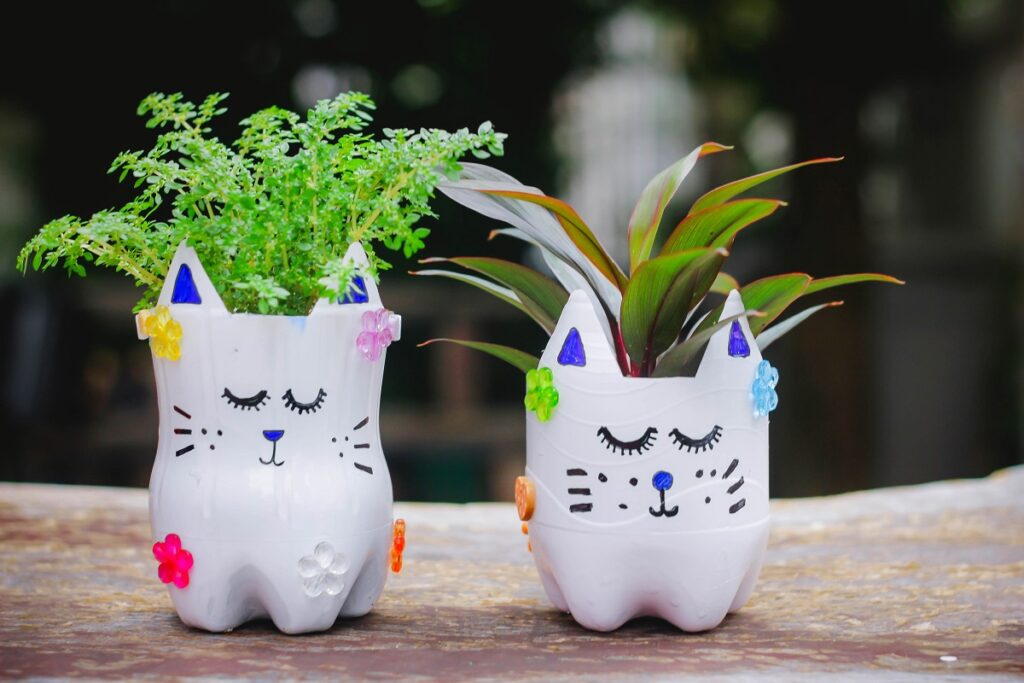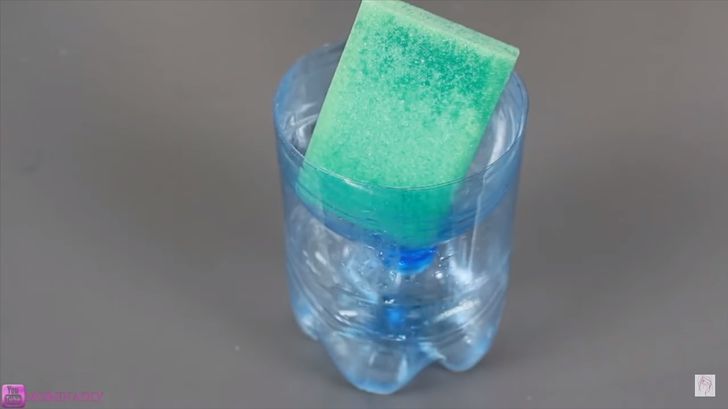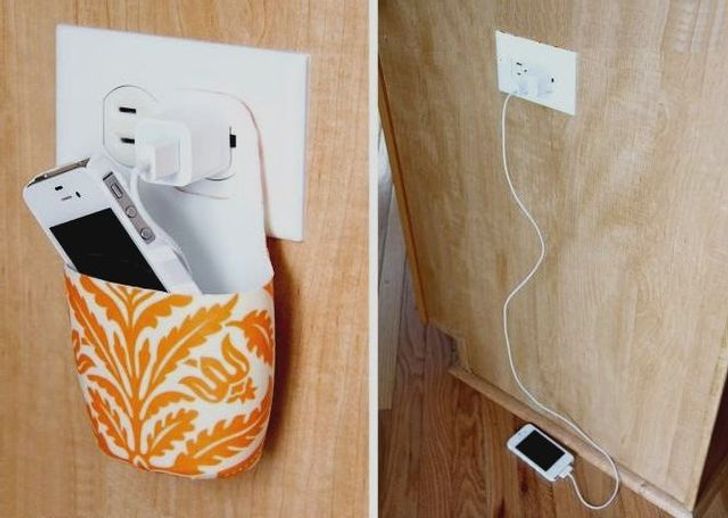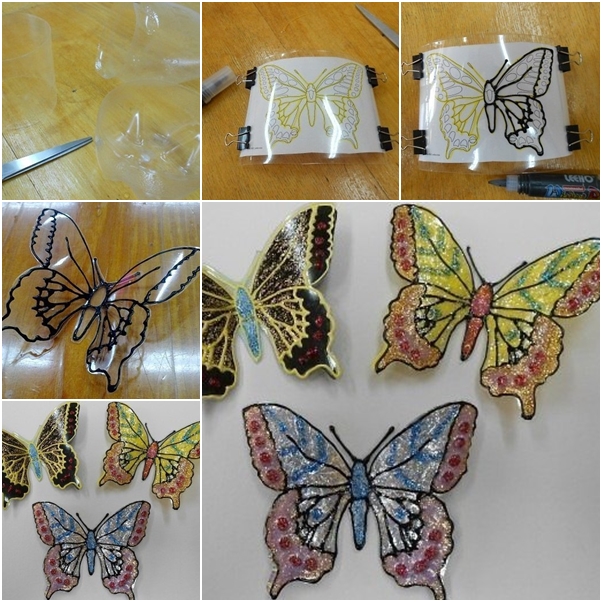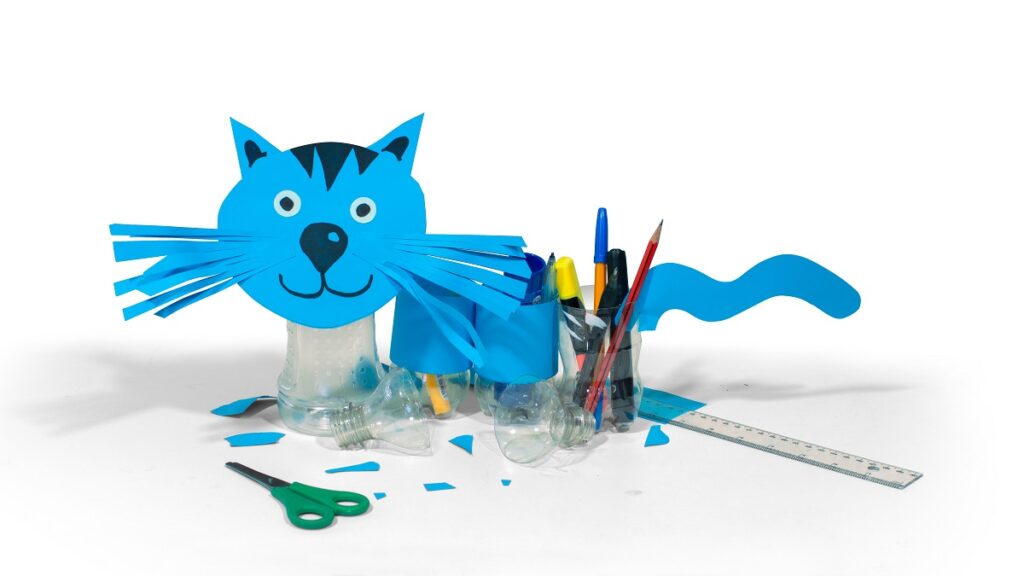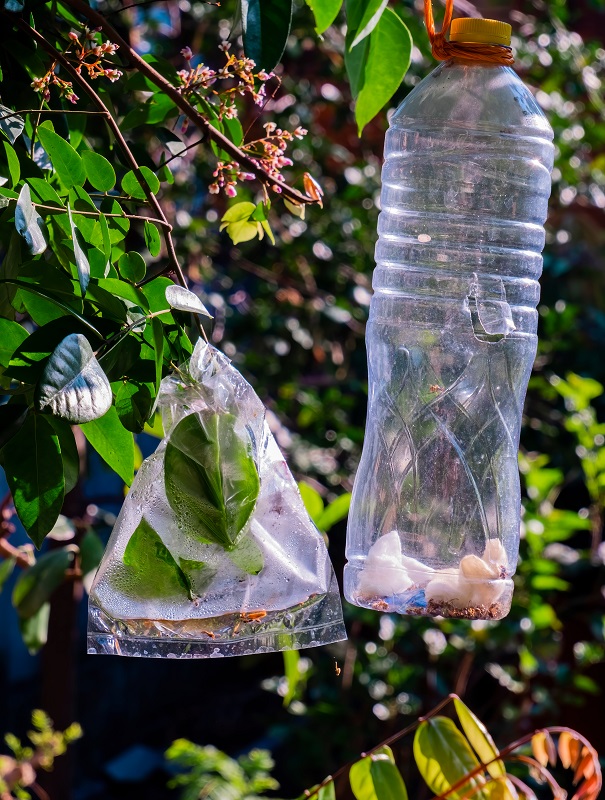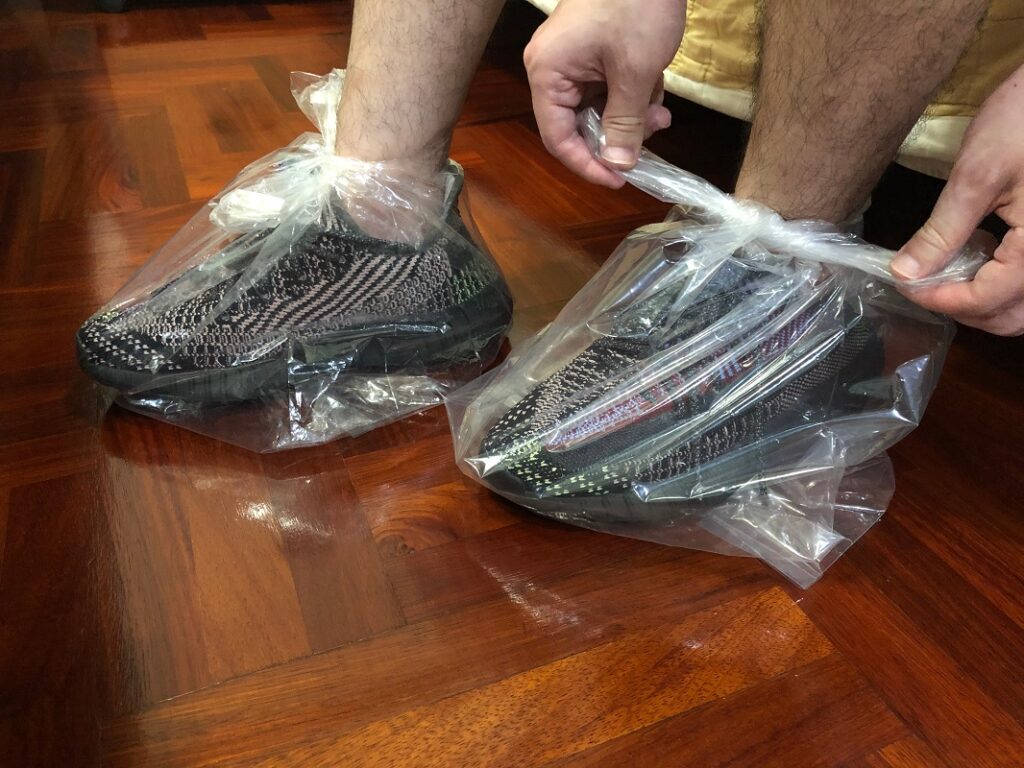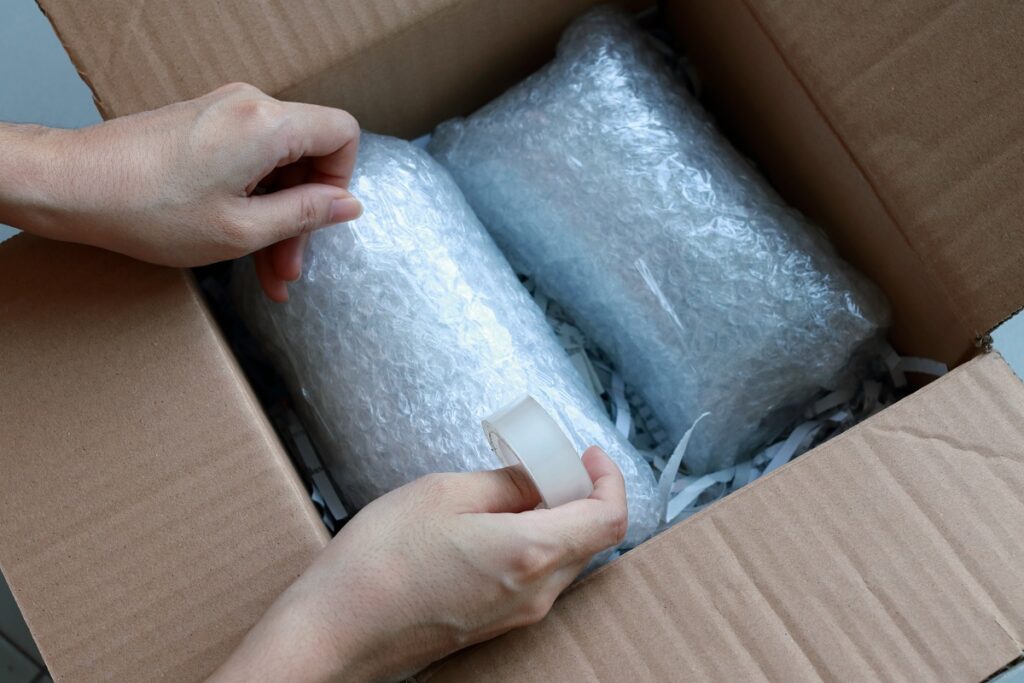It is predicted that by 2050, there will be more plastic than fish by weight in our oceans. What can we do as responsible citizens? The best way is to simply cut our use at source, reuse and recycle plastic – at home and in our offices.
Plastics were once seen as miraculous materials that catered perfectly to our culture of convenience – cheap, lightweight, and easy to discard (or so we thought!).
Though they are undoubtedly easy and convenient for everyday use and additionally support jobs within a mammoth industry; we cannot, however, overlook the negative impact of plastic on our health and in our environment.
In the long run, overuse of plastics and lack of proper recycling are going to yield many undesirable effects to us and our planet at large.
The bottom-line is – Plastics are harmful to manufacture, use, and pose a great challenge of recycling at the same time.
Plastic is by nature not biodegradable.
Most plastic materials never completely degrade; they remain in our environment, slowly being broken up into smaller and smaller pieces.
Plastic does break down, but in a landfill, it takes up to 400 years; worse, it doesn’t ever become other reusable materials, it just breaks into microscopic pieces of plastic that are still non-biodegradable.
From there, plastic fragments most often find their way into the oceans. But it’s not just the end of a plastic’s life cycle we need to worry about. When plastic is produced, it’s made from toxic materials such as benzene and vinyl hydrochloride. These chemicals are known to cause cancer, and the manufacturing by-products contaminate our health, air, and soil.
Cutting the Source
We all know the phrase reduce, reuse, recycle, and its common knowledge that these steps are generally good for the environment.
What you might not know is that the order of those words has meaning as well. The words are in order of greatest impact in lowering your carbon footprint, reducing being the most important.
To reduce the harmful effects of plastic pollution, follow the hierarchy of steps and tips below:
REDUCE
The most effective way to reduce plastic pollution is to not create plastics in the first place. Reduce and refuse!
Sure, it’s great to recycle a plastic water bottle after you are done with it. But it’s MUCH better to never use it in the first place.
We don’t really devote focus to the amount of plastic we use:
The straw in your glass at a juice stall; Shampoo and face wash, cosmetic, and deodorant tubes; Take-way boxes; random plastic water bottles and so much more…
What you can do:
- You can reduce your plastic usage by simply buying bulk and family sizes.
- Instead of needing two bottles of shampoo a month, buy a larger bottle and reduce the overall packaging by only purchasing one. Similarly, with liquid detergents and other utilities.
- Be mindful of what you are using and where it is going after you are finished with it and look for products that use less plastic packaging.
- Utilize you power as a customer – Pick products that utilize less plastic, which encourage manufacturers to reduce their plastic use or find innovative alternatives.
RECYCLE
After you have reuse your plastic as many times as you can and are ready to dispose of it, choose to recycle it rather than trash it.
Recycling or repurposing plastic saves energy and the world in no small measure. Sure, it can be a hassle to clean your jar of ghee, to recycle it rather than tossing it in the trash, but the impact is vastly different, and the choice is yours.
REUSE
Ways to Reuse and Recycle Your Plastic:
Remember our rule: Reuse any plastic that you have already acquired and recycle used plastic to keep it out of the waste stream and reduce demand for new plastic.
What is the difference between reuse and recycling?
Recycling means turning an item into raw materials which can be used again, usually for a completely new product. … Reusing refers to using an object as it is without treatment. This reduces pollution and waste, thus making it a more sustainable process.
If enough of us follow these simple steps, we can help reduce plastic pollution and keep our planet clean and healthy for future generations.
There are innumerable YouTube videos and websites that will guide you to recycle plastic in ways that suit you. As a senior you could take this up as a hobby and who knows even make a small, fun business out of your creative endeavour!
At the end of the article, I’m adding some links, to give you more visuals and ideas.
Here are some popular ideas for plastic bottles and gallons:
Ways to reuse your plastic bags:
As packing material. My mother used to pack everything away in plastic bags to protect them from dust. They are very useful as packing material. Just make sure you label them so that you know what you’ve packed away.
There are many creative crafts you can make from plastic bags! Here are just a few: Woven basket; Rug; Jump Rope’; Flowerpot; Crochet plastic yarn
Some useful website links:
https://in.pinterest.com/nehargandhi/recycle-plastic/
https://www.youtube.com/watch?v=VP_Fk8-vGVg
Plastic is a product of modern life, as is the pollution derived from it. However, with a little planning, commitment, and effort, it’s easy to make steps towards reducing your carbon footprint, and find ways to reduce, reuse and recycle plastic.




